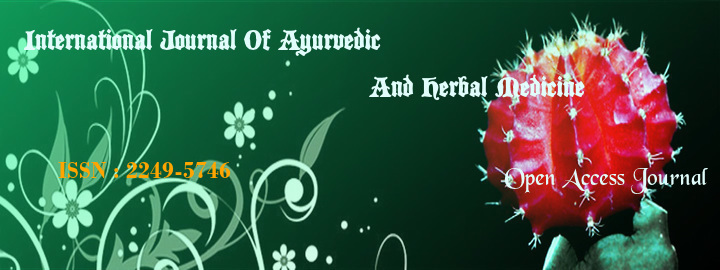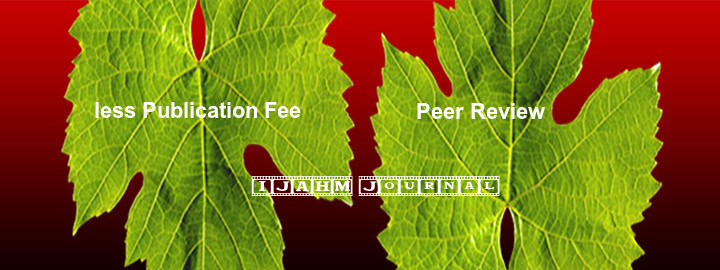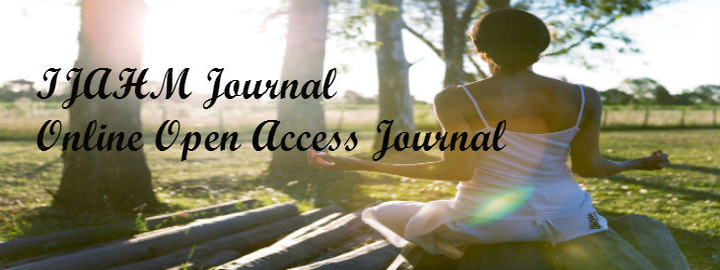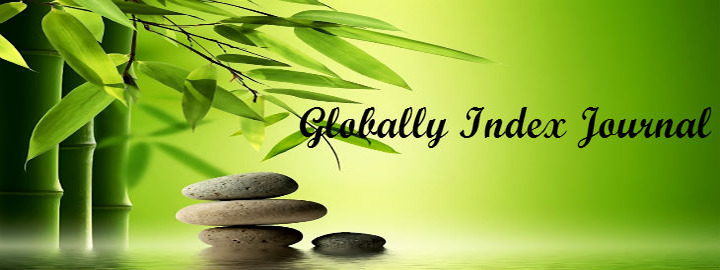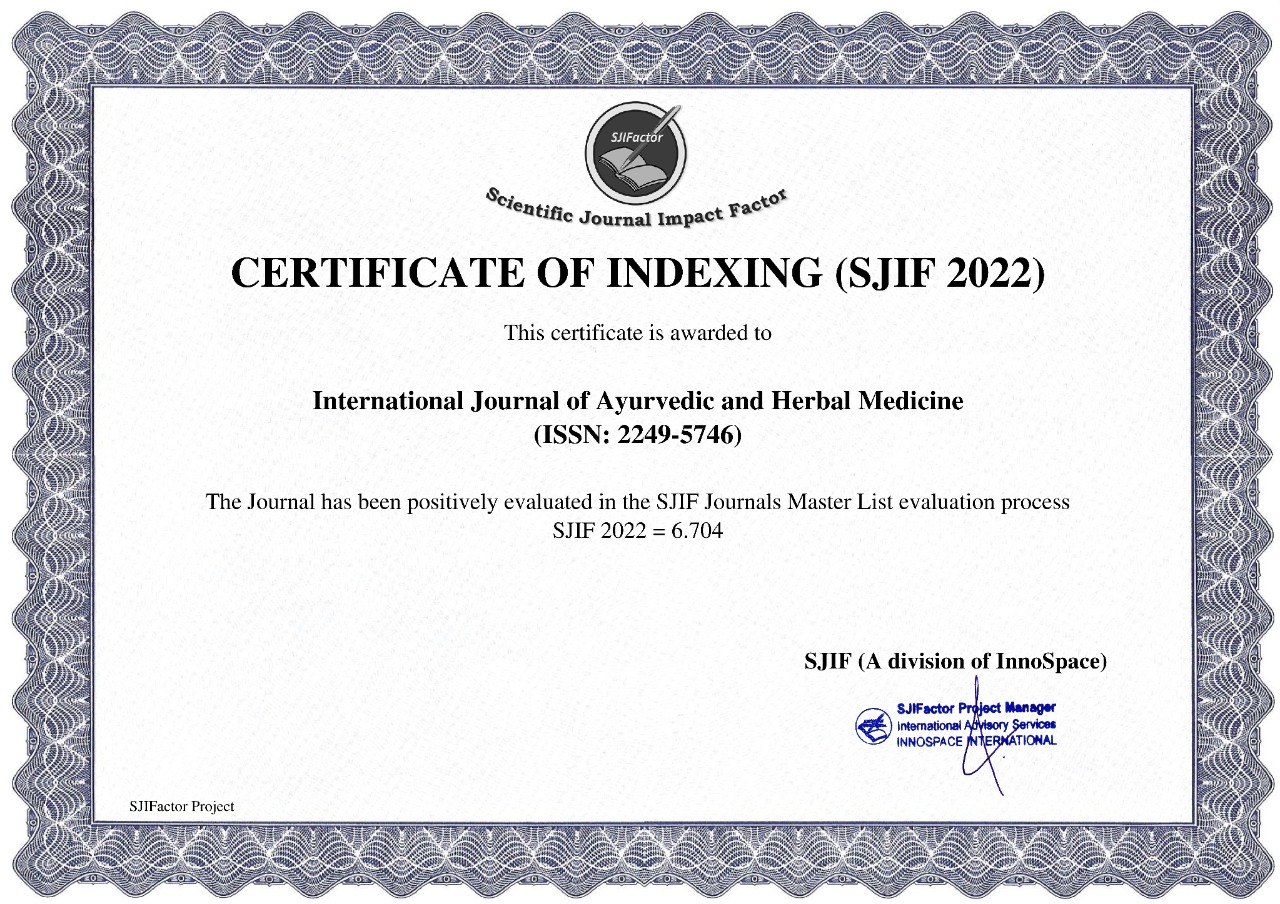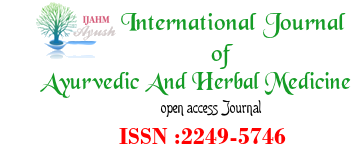


Volume & Issue : Volume 4 Issue 5
|
1Khurana Pooja , 2Pareek Tribhuvan , 3Saroch Vikas , 4Pareek R.K. 1 PG Scholar,Dept of Kayachikista,2,3 Asst Prof,4 Prof.DBU’s PG School of Ayurveda and Research,MGG,Punjab. |
Abstract
Ardita is considered as a vatavyadhi according to Bruhatrayi. It is caused by aggravation of vata. Ardita is also explained as Ekayaam by Ashtang Hrudaya. Aacharya Charaka has included Sharirardha in Ardita while Sushruta has considered as the face is only affected in Ardita. In the modern text it is correlated with facial palsy on the basis of signs and symptoms. Charaka attributed the root cause of Ardita to highly vitiated vata doshas whereas Ayurvedic experts like Shodhal classified Ardita on doshic influence of Kapha and pitta rather than vata. Ardita in Ayurveda is due to transferring heavy wt. on head, excessive laughing, loudly talking, sudden fearing, sleeping on uneven bed, eating hard food particles, other vatavardhaka ahara- vihara. Nadi swedna and Nasya is explained in classics like Charaka6 and Sushruta for treatment of Ardita. Sushruta described medication for Ardita in his Sutrasthana giving special emphasis on Nasya .A pilot study was carried out on 6 patients of Ardita. The patient Snehana is done with Murchhit Til taila. After snehana swedana kukkutanda swedna is carried out. Nasya is done with Ksheerbala Tail. Swedna and Nasya karma was found to be highly effect in management of Ardita
Key word
Ardita, vatavyadhi, Snehana, Kukkutanda Swedna, Nasya.
REFERANCES
1. 1. Sushruta Samhita, Nibandha Sangraha, Dalhana Comm. By Vd. Y.T.Acharya, Chaukhambha Orientalia, 2005,Nidana Sathana 1/ 69, p- 267
2. Golwalla Medicine for Students 19th edition, ch-6,p- 394
3. Harrison’s Principle of Internal Medicine 15th edition, Vol- 2, ch- 14, p- 2422
4. Kashinath Shashtri ,Charak Samhita, Chikitsa sthana,Chaukhambha Orientalia 2012 ch-28/38-42
5. Ambika Dutt Shashtri, Sushruta Chikitsa, Nidana Sthana,Chaukhambha Orientalia2000, Ch-1/68-70
6. Kashinath Shashtri ,Charak Samhita, Chikitsa sthana,Chaukhambha Orientalia2012, ch-28/99
7. Hutchinson’s Clinical Methods, 21st ed.chapter-11,page 236.
8. Patil.c.vasant,Principles and practise of panchakarma, 2010, Atreya Ayurveda publications,page213
9. Sharma Ramnivas ,Chaukhambha Surbharti Prakashan, 2009Sahasrayogam translated from main Keraliya Sahasryogam, tail Prakarana, ch-3,page- 75
10. Tripathi Brahmanand,Ashtang Hrdayam, Sutra sathana,Chukhambha Sanskrit Pratisthana 2007 ch-16, shloka No.-26-28, page- 209
11. Sharma P.V.,Sushruta Samhita, vol-II, Chikitsa Sthana 2009, Chaukhambha Surbharti Prakashanch-11/52-53
index







